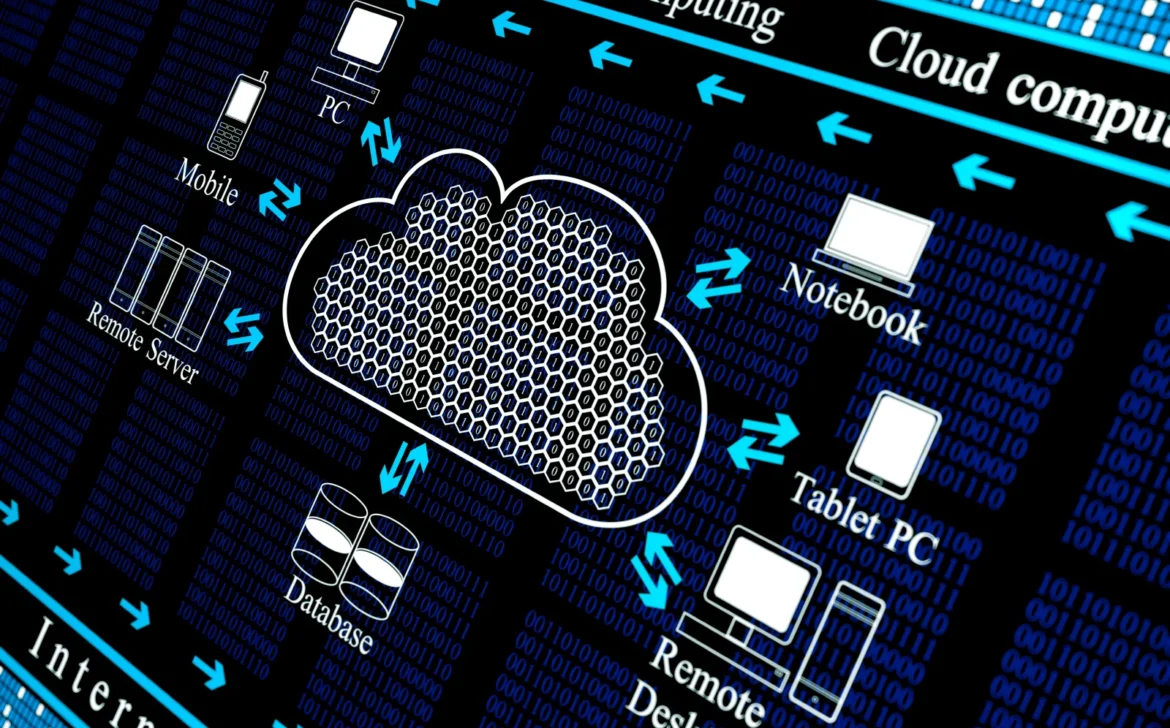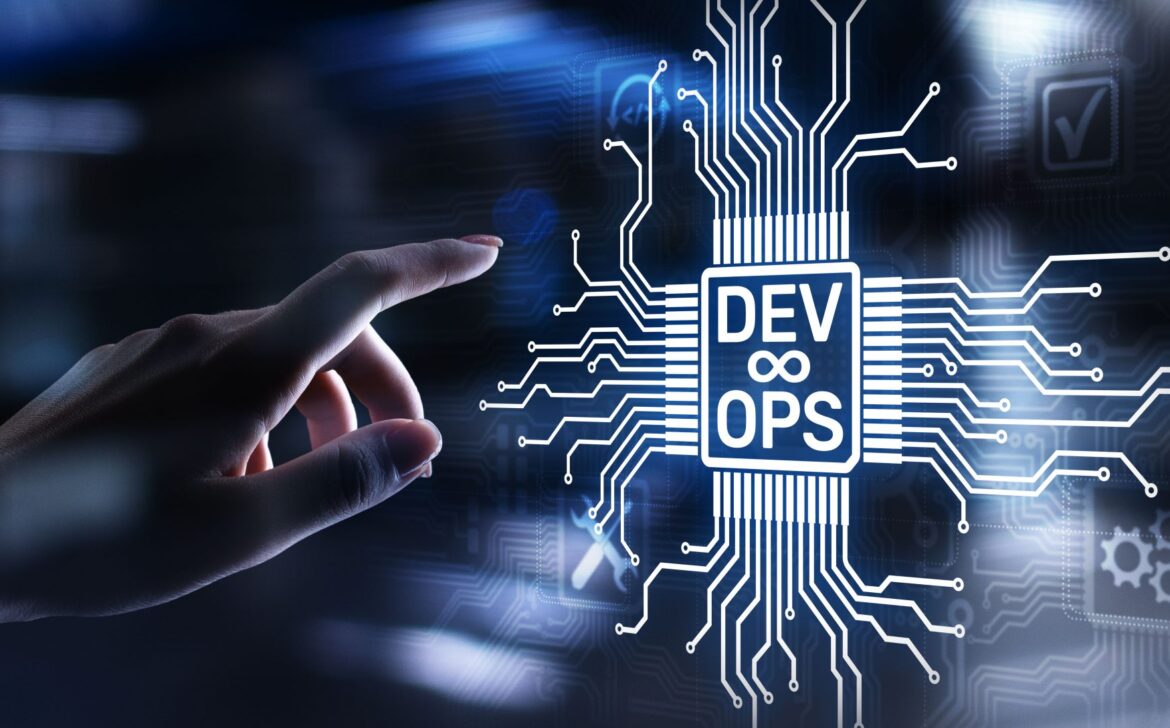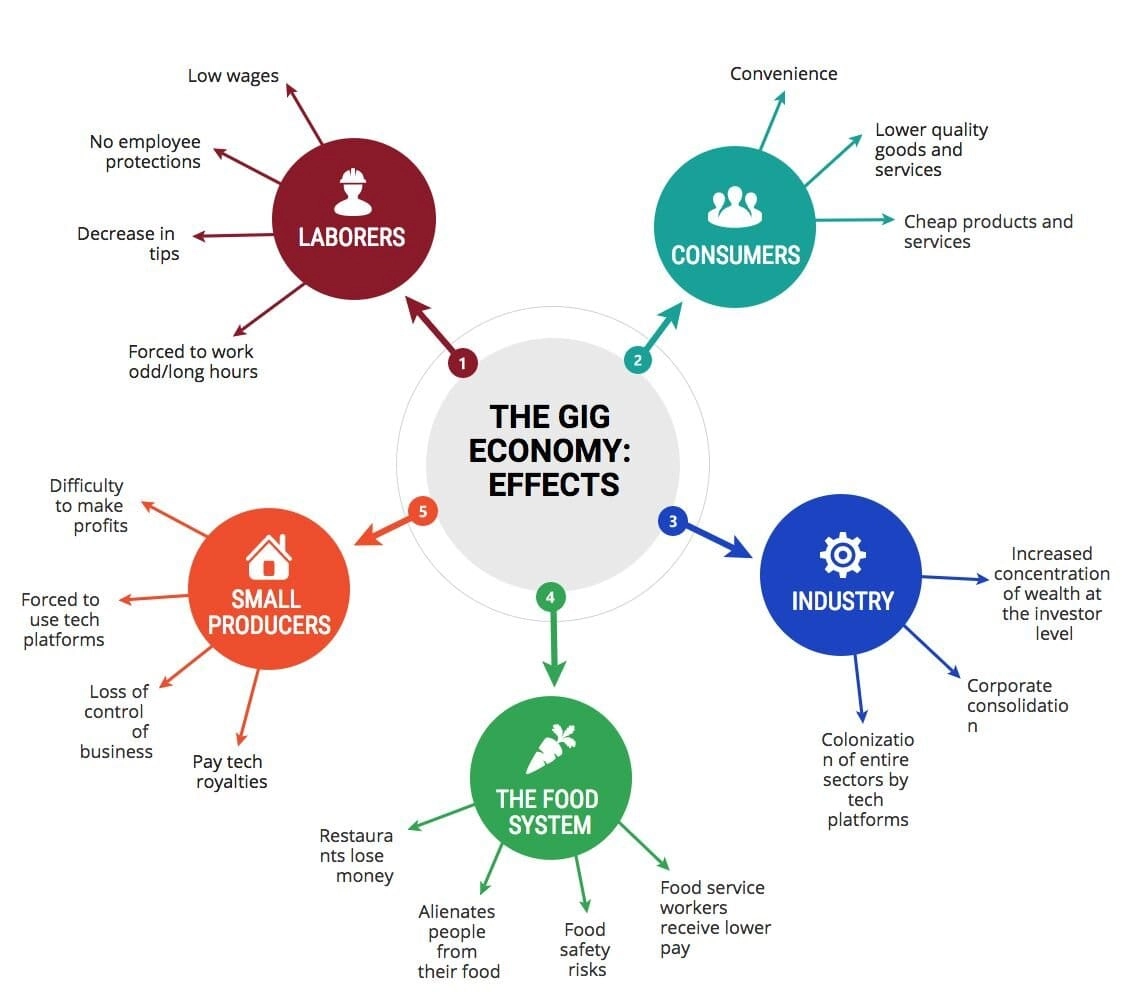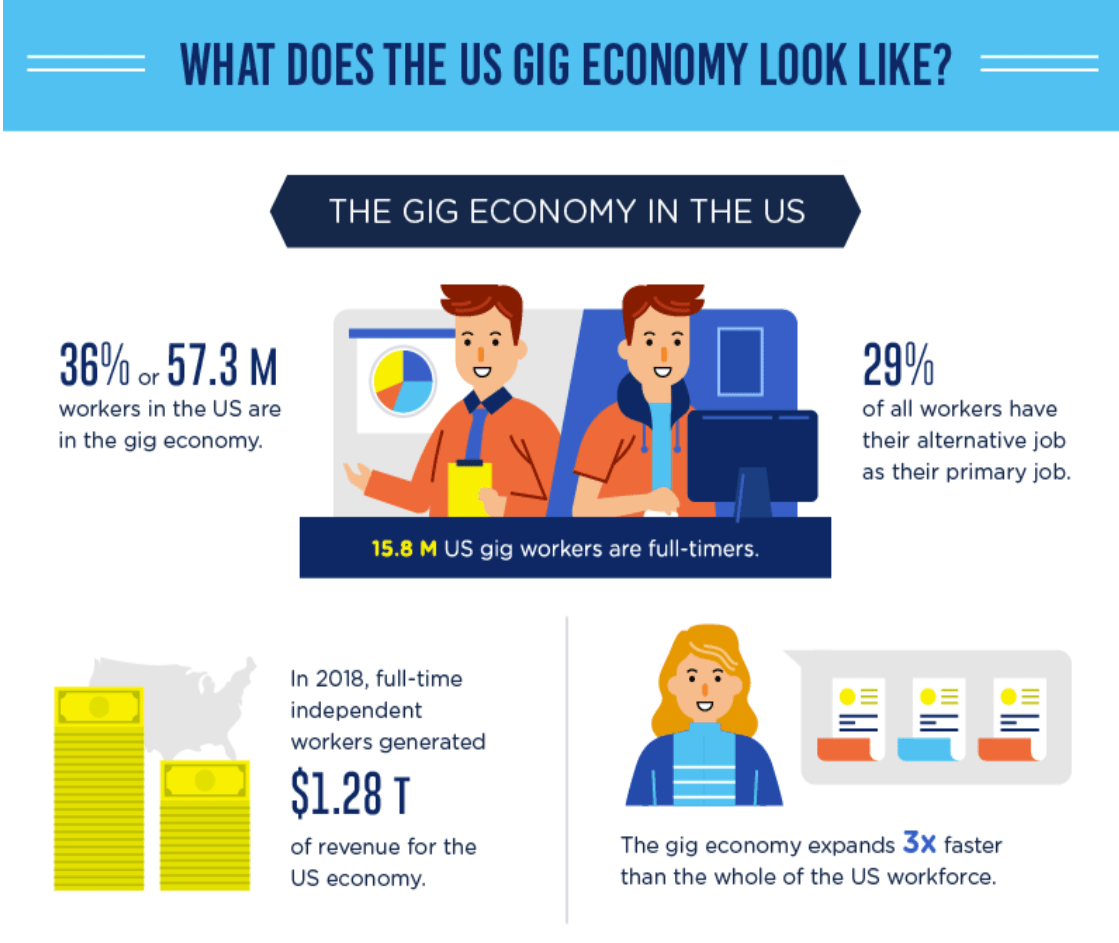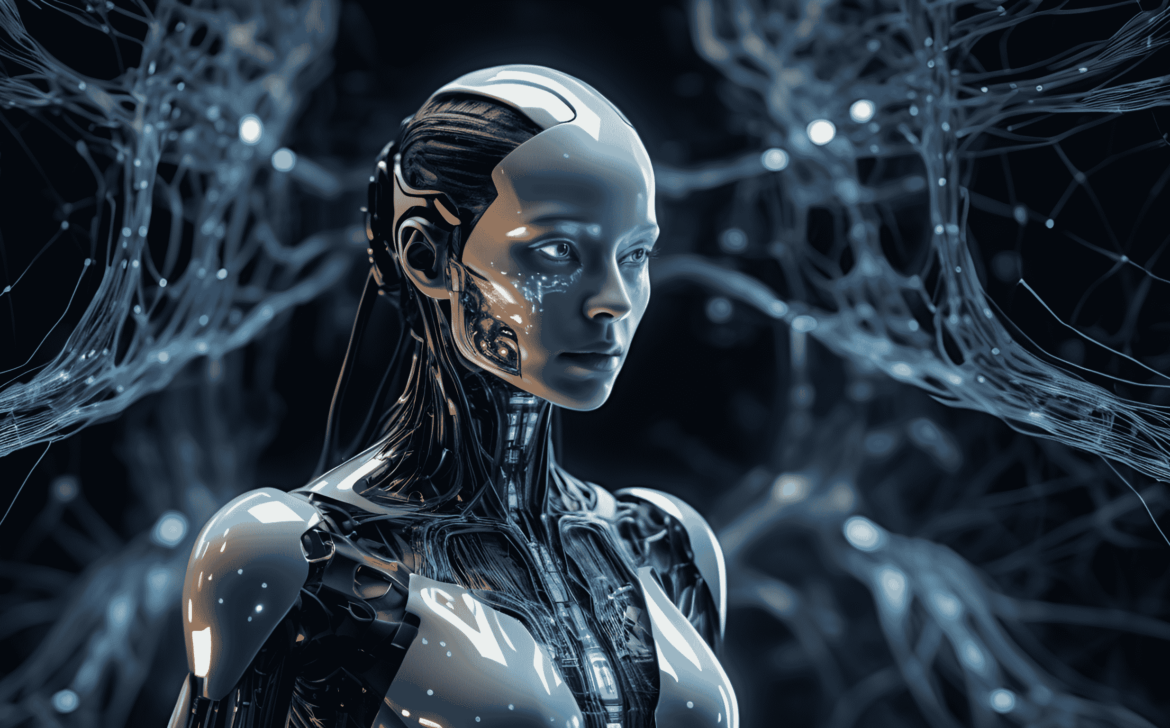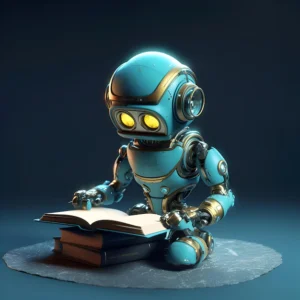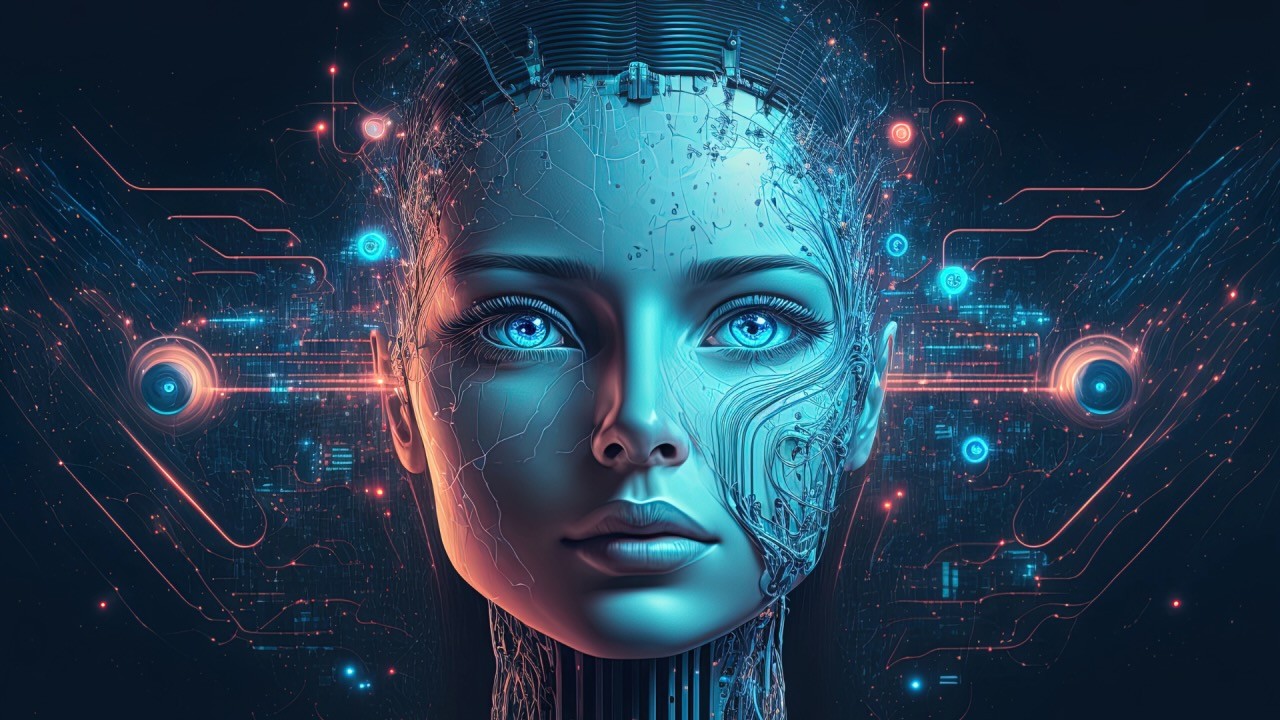Introducing Devin : A beginner’s Exploration of AI Software engineering
INTRODUCTION:
Meet Devin, the world’s first fully autonomous AI software engineer.
Devin is a tireless, skilled teammate, equally ready to build alongside you or independently complete tasks for you to review. With Devin, engineers can focus on more interesting problems and engineering teams can strive for more ambitious goals.

DEVIN’S FEATURES:-
Technical Skills:
- Programming Proficiency:
- Devin demonstrates a strong command of programming languages such as Python, which is the de facto language for AI and machine learning development due to its simplicity, versatility, and extensive library support.
- Machine Learning Knowledge:
- Devin possesses a solid understanding of fundamental machine learning concepts, including supervised learning, unsupervised learning, and reinforcement learning. Devin can choose appropriate algorithms based on the nature of the problem, implement them effectively, and evaluate model performance using metrics like accuracy, precision, recall, and F1 score.
- Deep Learning Expertise:
- Devin has in-depth knowledge of deep learning architectures such as convolutional neural networks (CNNs) for image processing tasks like image classification and object detection, as well as recurrent neural networks (RNNs) for sequential data analysis, such as natural language processing (NLP) tasks like sentiment analysis and language translation.
-

- Problem-Solving Abilities:
- Analytical Thinking:
- Devin possesses strong analytical skills, allowing them to dissect complex problems into smaller, more manageable components, identify relevant patterns and trends in data, and formulate effective strategies for solving AI-related challenges.
- Creative Problem-Solving:
- Devin demonstrates creativity and innovation in devising novel approaches to AI problems, whether it involves experimenting with new algorithms, exploring unconventional data sources, or designing custom solutions tailored to specific use cases.
- Debugging Skills:
- Devin has honed their debugging skills, enabling them to diagnose and rectify errors or anomalies in AI code efficiently. Devin utilizes debugging tools, error logs, and systematic troubleshooting methodologies to identify root causes and implement corrective actions, ensuring the robustness and reliability of AI applications.
SOFT SKILLS:- Communication:
- Devin communicates technical concepts effectively to diverse audiences, including fellow engineers, project stakeholders, and non-technical users, using clear and concise language. Devin can articulate complex ideas, present findings, and justify design decisions in a manner that is accessible and understandable to others.
- Teamwork:
- Devin collaborates seamlessly with team members, contributing ideas, sharing knowledge, and coordinating efforts to achieve common objectives in AI projects. Devin fosters a supportive and inclusive team environment, where mutual respect, open communication, and collective problem-solving are prioritized.
- Adaptability: Devin demonstrates adaptability and flexibility in adapting to evolving technologies, methodologies, and project requirements in the dynamic field of AI and software engineering. Devin embraces new challenges, seeks out learning opportunities, and readily adjusts their approach to accommodate changing circumstances, ensuring continued growth and relevance in their role
- Communication:
- Devin has honed their debugging skills, enabling them to diagnose and rectify errors or anomalies in AI code efficiently. Devin utilizes debugging tools, error logs, and systematic troubleshooting methodologies to identify root causes and implement corrective actions, ensuring the robustness and reliability of AI applications.
- Analytical Thinking:


